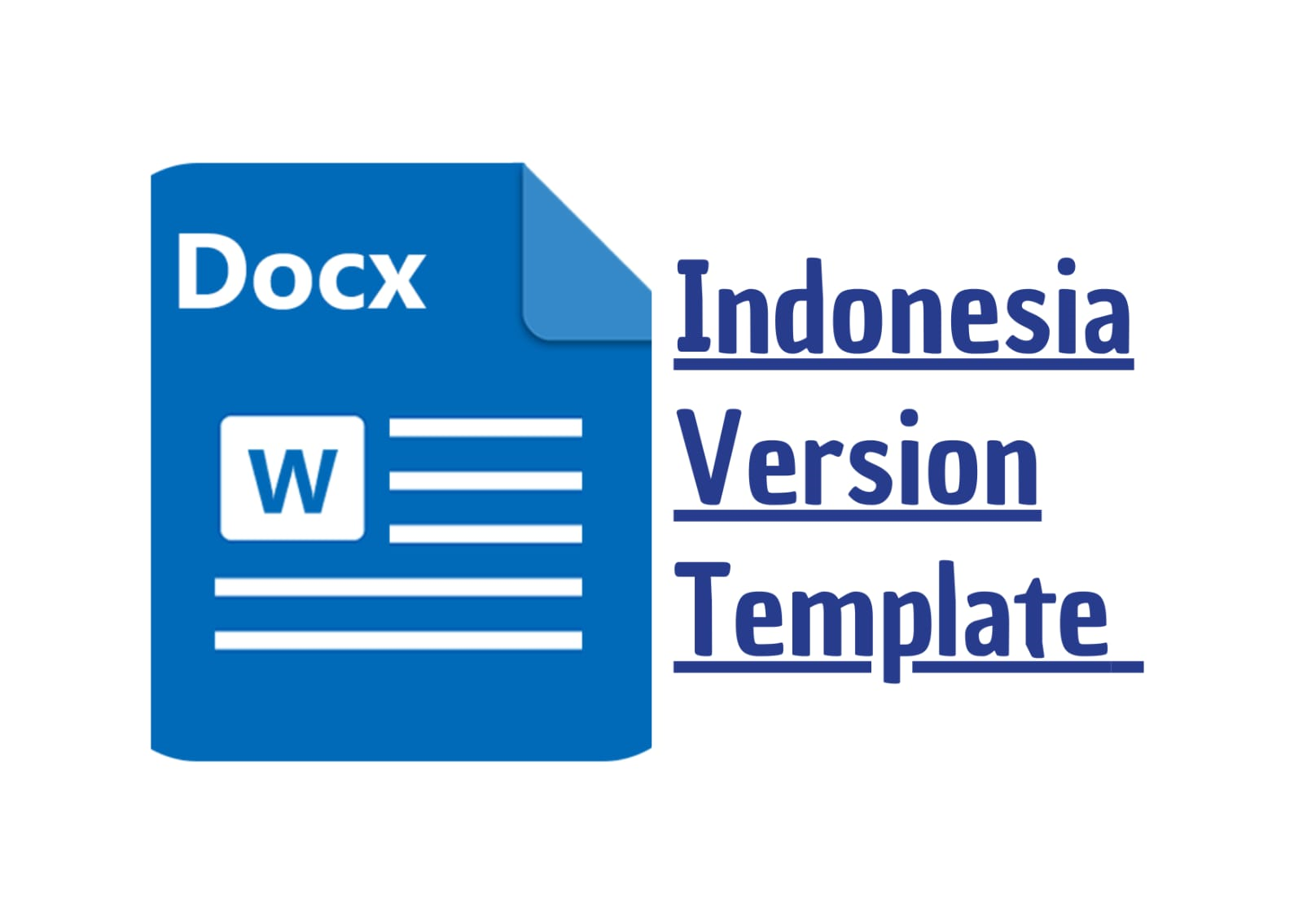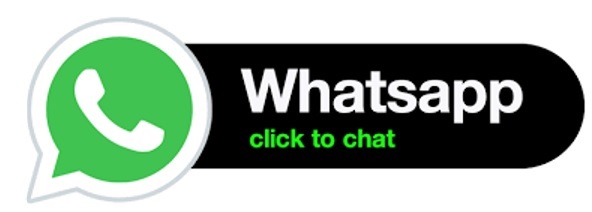Analysis of Gay Language and Slang in Bali
DOI:
https://doi.org/10.56799/jim.v3i7.4002Keywords:
Gay Language, Identity, Linguistic FeaturesAbstract
In community, people may use different language variation accordance with their age, gender, education, profession, ethnic origin, etc. (Holmes, 2013). The purpose of this study was to examine the linguistic features, derivation, and function of languages used by homosexual and bisexual men in Bali, Indonesia. In identifying the linguistic features of gay language, the researcher analyzed the data taken from the respondents from their simulation and list of gay words. The important role of creativity and language skills can be developed and enhanced through frequent use of language. The impact on gay language use is to create identities for gay communities, develop self-expression, provide exclusive spaces through obfuscation, and find their own comfort zones. language. The study also found that gay language serves many functions for their communities. These features included being a secret language, a community identity, a language that conveys similarities and a sense of belonging to community members. Homosexual language also served to show humor, helping people speak in a more friendly and fun way.
Downloads
References
American Psychological Association. (2011). Answers to your questions about transgender people, gender identity, and gender expression.
Boellstorff, T. (2004). Gay Language and Indonesia: registering belonging. Journal of Linguistic Anthropology, 55(2), 248 – 268.
Cage, K. (1999). An Investigation into the form and function of language used by gay men in South Africa. [Master thesis]. South Africa: Rand Afrikaans University.
Dang, T. H. (2013). A preliminary study of gay spoken language in Ho Chi Minh City. Retrieved from http://www.languageinindia.com/sep2013/tridanggaylang uagefinal.pdf
Halliday. (1978). Language as social semiotic: the social interpretation of language and meaning. London: Edward Arnold Publishers Ltd.
Hudson, R. A. (1980). Sociolinguistics. Cambridge: Cambridge University Press
Kosur, H. M. (October, 2014). Word formation: compounding, clipping and blending. Retrieved from https://www.brighthubeducation.com/esl-lesson-plans/59679-forming-new-words-compounds-clipping- and-blends/
Lev, A. I. (2004). Transgender emergence: understanding diverse gender identity and expressions. Retrieved from: http://www.choicesconsulting.com/assets/pro_writing/transgender%5B1
%5D.pdf
Lunzaga, A. B (2011). “Morphological Analysis of Gay’s Spoken Discourse”. Southern Leyte State University Philippines. National Peer Reviewed Journal.
Nordquist, R. (2017). Linguistic variation. Retrieved from https://www.thoughtco.com/what-is-linguistic-variation-1691242
Remoto, D. (2008). On Philippine Gay Lingo. Retrieved from http://www.abscbnnews.com/storypage.aspx?StorID=117223
Romero, R. M. (2019). Gay Lingo as Reflection of Social Identity. Philippine Normal University Visayas. Retrieved from: https://eudl.eu/pdf/10.4108/eai.27-4-2019.2285374
Rosa, J. (2016). Gay speak: morphological characteristics of queer language in a State University. Central Luzon State University.
Susansi, N. K. A., Rusanti, N. P., Sutrisna, I. P. G. (2018). Gay Language in Bali (Sociolinguistic Study on Homosexual and Bisexual Men in Bali). Advances in Social Science, Education and Humanities Research, volume 166.
Downloads
Published
How to Cite
Issue
Section
License
Copyright (c) 2024 Jesika Farahdila, Nissa Puspitaning Adni

This work is licensed under a Creative Commons Attribution-ShareAlike 4.0 International License.




















